Our visit to Future Worlds was, without a doubt, an eye opener. My favorite would be the first part of the exhibition, Nature.
As an Interactive Media student, I was taken away by the level of immersion one can experience with the space. A few of us started looking up and around , searching for hidden projectors and cameras, wondering at how they managed to achieve such a feat.
As an audience, I was no less breath-taken. It is hard to put together the sense of awe one has for the piece, even when understanding how it works.
What intrigued me beyond the level of tech that was needed for the piece was the art itself.
Flowers and People, Cannot be Controlled but Live Together – A Whole Year per Year | Ever Blossoming Life II – A Whole Year per Year; Dark | Flutter of Butterflies Beyond Borders
This installation was actually made up of three works put together in a seamless space.
“Flutter of Butterflies Beyond Borders” was a screen where the Butterflies would fly in and out of the installation. When existing other of the screen, they can be touched and can die. When in the screen, they are protected.
“Ever Blossoming life ” covered the wall and the floors with flowers. As we moved around the room and step on them, they wither .When we leave things untouched, they grow back.
Team lab basically created a space where the interaction mattered beyond just pushing buttons or waving hands. There was actually some meaning in the way we interacted with the space. Our interactions was hurting nature.
I thought that that was beautiful and very powerful. Having our actions reflect a kind of destruction and showing how our absence can allow things to be beautiful as they are felt like a stronger point and more provoking than the thousands of articles that people have post about global warming.
There’s something very special about the works that Team Lab has done.
Firstly, using mechanics as a kind of metaphor helps us to make a statement clearer and such metaphors more weight.
It allows us to better understand and learn the effects of what we do. The nature of the works by Team Lab are very engaging and when given deeper thought, we began to understand better the weight of what they are trying to say.
However, one might argue that this level of engagement causes people to lose sight of what the project is about.
The interactive nature of the works draws us in and one can get carried away with it just because it is fun.
In fact, while we were there, it is no surprise to see kids stepping on the flowers and butterflies on purpose just to get a kind of feedback. We ourselves get carried away with the interaction simply because we want to see things happening in that space. They presented us a paradox that reflected not just the nature we are destroying, but the nature of men.
After a few moments inside, it felt like it was alright to just destroy everything since it was going to grow again, and upon knowing that the visuals change the seasons, I could not help but wonder if the meaning of this work was lost some where in it’s own beauty.
Would I want to come back to an installation that was as beautiful as it was in a different season despite being constantly trampled on. Or would the work be more powerful if one day we return to the space only to find a desolated waste land.
For me, I do understand that the nature of the work and the space has to attract tourists to visit and that there is a lot less appeal in a waste land as compared to a garden. Yet I cannot help but wonder if the meaning of the work was lost in the ludic nature of the work…

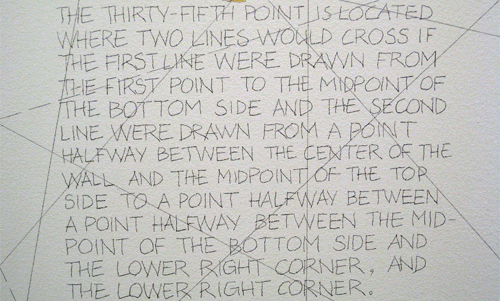

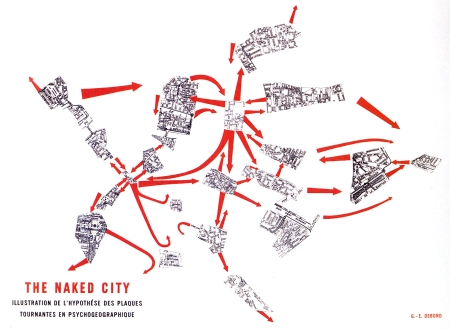
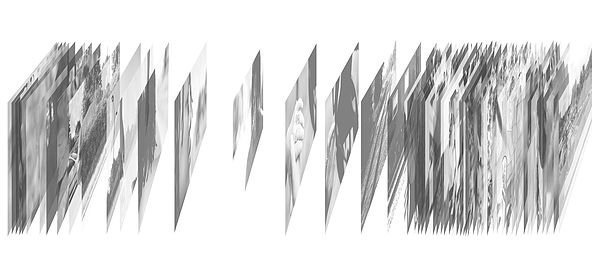
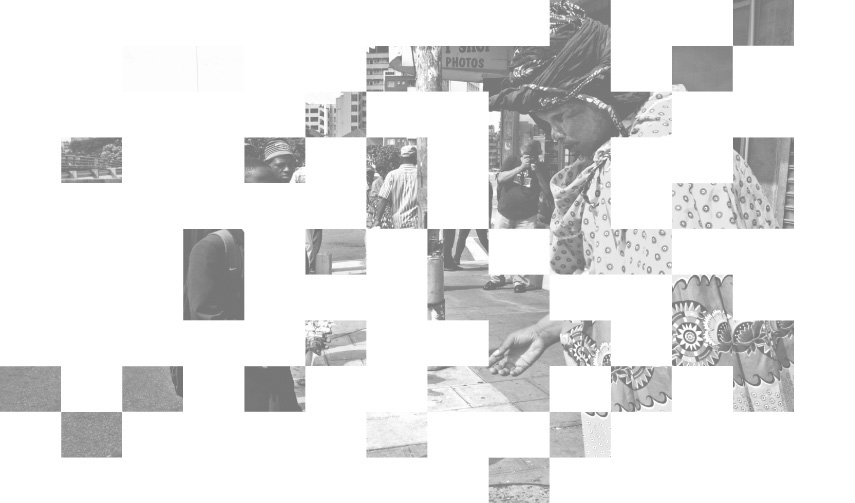
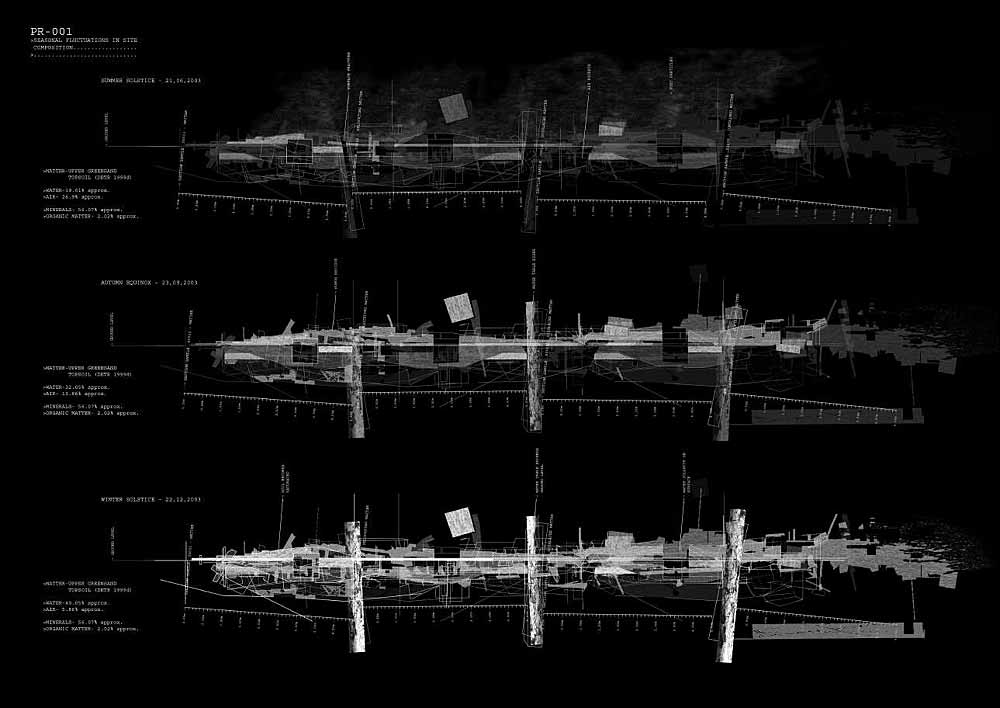

Recent Comments